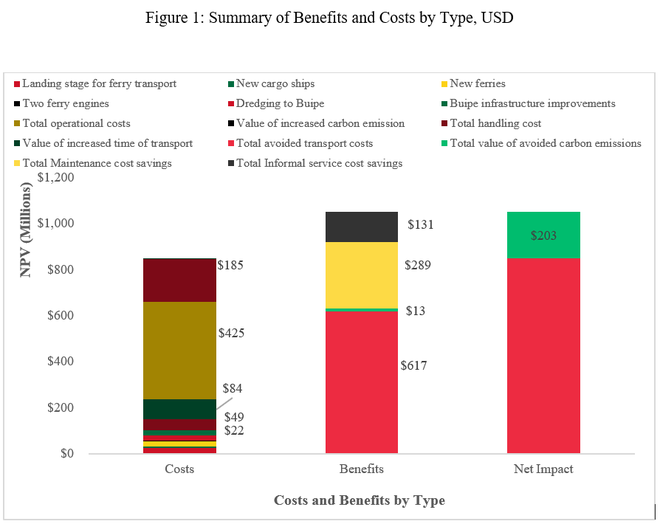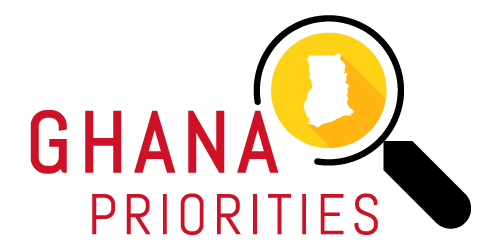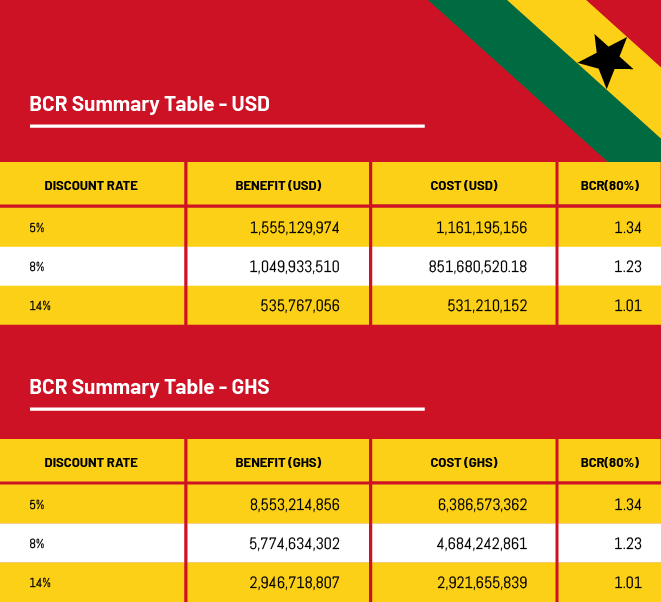Ghana Priorities: Volta River Transportation
Technical Report
The Problem
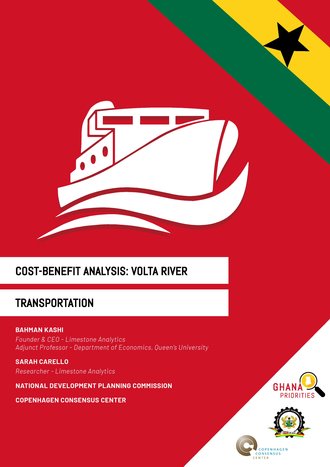 Ghana has had a period of significant economic growth. They have also experienced steady population growth between 2.4% and 2.7% over the past few decades. In the face of this growth, there is a need for the transport sector to grow to be able to maintain increased transport of goods and passenger travel. Improving the depreciating infrastructure and expanding the capability of road and water transport is vitally important for Ghana’s continued economic growth. The state of transport infrastructure has a direct impact on the communities living in the Volta Lake area. Poor mobility, whether due to bad roads or lack of water access, makes it more difficult or costly to access nearby communities where there might be markets, access to health care, and regional development programs. Therefore, Ghana needs a solution to improve the poor state of its roads and water transport in order to support economic growth and rural mobility around Volta Lake.
Ghana has had a period of significant economic growth. They have also experienced steady population growth between 2.4% and 2.7% over the past few decades. In the face of this growth, there is a need for the transport sector to grow to be able to maintain increased transport of goods and passenger travel. Improving the depreciating infrastructure and expanding the capability of road and water transport is vitally important for Ghana’s continued economic growth. The state of transport infrastructure has a direct impact on the communities living in the Volta Lake area. Poor mobility, whether due to bad roads or lack of water access, makes it more difficult or costly to access nearby communities where there might be markets, access to health care, and regional development programs. Therefore, Ghana needs a solution to improve the poor state of its roads and water transport in order to support economic growth and rural mobility around Volta Lake.
Intervention: Volta Lake Transport System
Overview
This analysis will consider transportation improvements on the Volta Lake. The goal of the intervention is to develop the Volta Lake into a major transportation artery by building modern ferry ports and providing upgraded ferries and pontoons in collaboration with the private sector.
The primary benefits of this project are expected to be reduced transportation costs associated with shipping to the north of Ghana and beyond (ex. Burkina Faso). To properly identify the impact of the intervention on different stakeholders, we will consider the allocation of costs and benefits to different stakeholder groups.
In preparation of a Master Plan for Volta Lake, Roche (2014) identified 11 passenger ferry routes for prioritization. These locations were chosen using traffic forecasts of 2018 demand. They identified the need for 7 major ferry routes that had a projected demand of 500,000 passenger crossings annually, as well as 4 ferry routes with lower demand that would serve isolated communities (Roche 2014, 120). The project includes building new landing infrastructure and reception facilities, and the purchase of new ferries for these routes.
For carrying cargo North-South, Mpakadan is the most viable location for the Southern port and has existing infrastructure for ships. In addition, investment and construction has already begun in support of a new rail line connecting Tema Port to Mpakadan, near Akosombo. For the Northern Port, the considered location is Buipe as it provides connectivity through existing infrastructure (Roche 2014, 109). During certain parts of the year, Buipe is not available by ship due to low water levels. For this reason, there is also a port at Debre capable of handling the ships when the water level is too low to get to Buipe. However, the identified long-term solution is to invest in dredging from Debre to Buipe.
There are multiple options to achieve the goal of reducing transport costs for cargo and increasing access to transport in rural areas. In Ghana’s Volta Lake area, there is a question as to whether improvement in road, rail, or transport by ferry will provide the most benefits. Although each of these projects has the possibility of reducing transport costs and providing better access to transport, each option has different costs and benefits that accrue to stakeholders. The scope of this analysis is only to measure the costs and benefits of investing into ferry transport on Volta Lake. Due to the fact that there are multiple options for transporting goods, the analysis will also assess how much cargo needs to be transported on the multi-modal corridor in order for the project to have an overall positive economic impact.
Implementation Considerations
There is a need for an integrated plan that addresses the issue of how a new project would impact the current use of the lake. Specific consideration should be directed towards the use of the lake as fishing grounds for isolated communities. This would require an environmental assessment and analysis of how the removal of tree stumps would affect Volta Lake’s fisheries, including a direct assessment of how implementation of the ferry and cargo routes will impact the environment, the fisheries, and the livelihoods of the lake communities.
Another consideration is the relative importance of the multi-modal corridor for transporting cargo. Specifically, the use of the multi-modal corridor will depend on its attractiveness and competitiveness compared to alternative transport routes, both in Ghana and in neighbouring countries. If any improvements to roads that compete with the multimodal corridor are being considered or implemented, it will affect the figures presented in this report.
Costs and Benefits
Costs
The costs associated with this project include investment, operational costs, the costs of tree stump removal, increased carbon emissions on complement roads, handling costs at transitions, and increased handling time. These values assume 80% percent of cargo are diverted to multi-modal corridors but sensitivity analysis for this parameter is conducted later in the paper. These costs are analyzed over a twenty-year time period in Table 1 below.
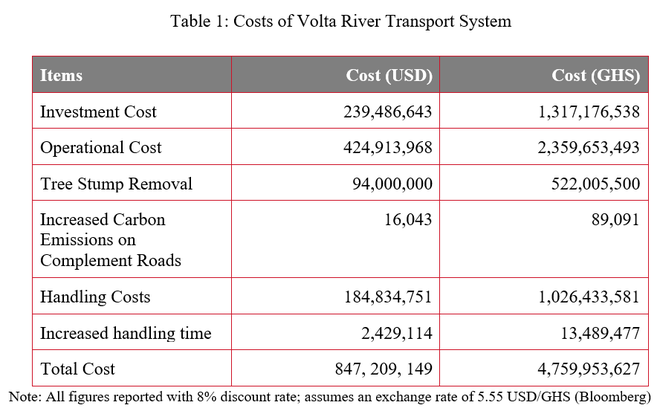
Benefits
The benefits associated with this project include vehicle operational cost savings, road maintenance savings, reduced carbon emissions, and informal boat service operational cost savings. The benefits over a twenty-year time period are shown in Table 2 below.
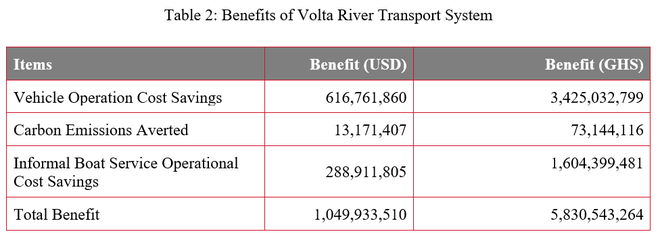
BCR Summary Tables and Graph
Table 3 and Table 4 provide summaries of the BCR for the proposed project with Table 3 presented in U.S. dollars and Table 4 presented in Ghanaian Cedi. The BCR is greater than 1.0 at all discount rates and the quality of evidence for each of the discount rates is rated as “Medium”. Similarly, Figure 1 provides a visual representation of the costs and benefits by type.
